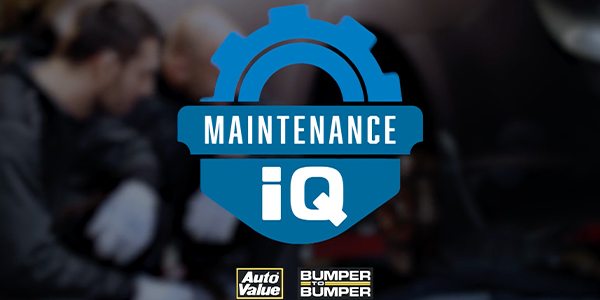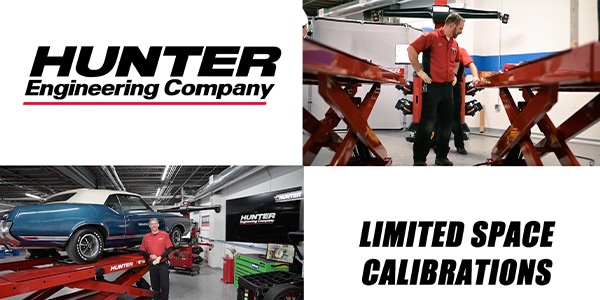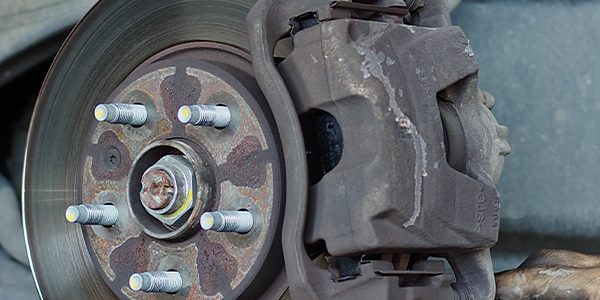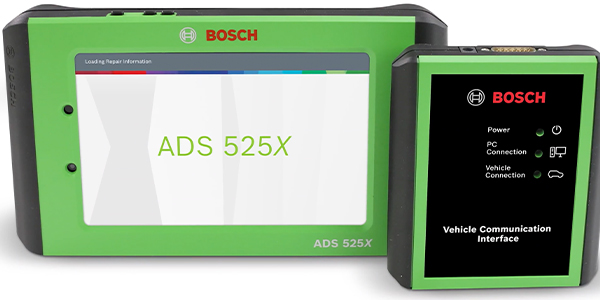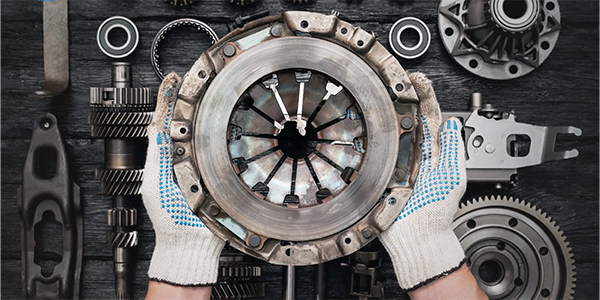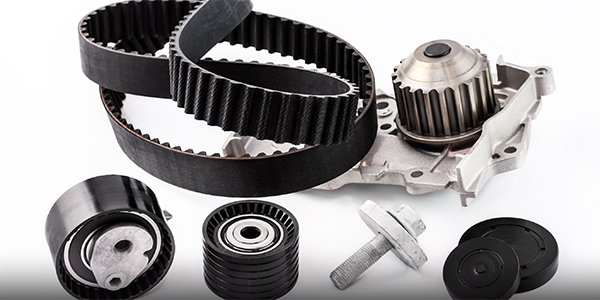CC:
DOT stands for Department of Transportation, and the DOT sets the standards for brake fluid. The two specifications they look at are boiling point and viscosity. The boiling point is the temperature at which the brake fluid starts to boil or become vapor. DOT specifies a dry and wet boiling point. The wet boiling point is measured when the fluid has 3% water content. To meet the DOT specification for the boiling point, DOT 3 Brake Fluid must have a dry boiling point of 401 degrees Fahrenheit and a wet boiling point of 284 degrees Fahrenheit. As the DOT numbers increase, the boiling point increases. In theory, all fresh DOT 3 and DOT 4 Brake Fluids are compatible with each other. In practice, when brake fluids are mixed, the properties can change. Compatible and correct are two different things.
New changes to vehicles have forced manufacturers to introduce low viscosity formulations of DOT 4. Viscosity is measured by how the brake fluid spreads out over a surface in a measured amount of time. For brake fluid, it is measured by millimeters squared over seconds. Viscosity has been the characteristic where brake fluid specifications have changed in the past two decades. New brake fluid grades have been introduced to address the viscosity issues with ABS, stability control, and even ADAS systems. Both the Society of Automotive Engineers, known as SAE, and the International Standards Organization, known as ISO, introduced new standards for brake fluid to deal with these viscosity requirements of brake systems in new vehicles. SAE revamped J1704 and ISO introduced 4925, both standards mirror each other.
Both standards specify a viscosity of 750 millimeters squared per second, instead of 1,800 millimeters squared per second of regular DOT 4. Both the SAE and ISO standards say brake fluid can be called DOT 4 Plus, DOT 4 Super, or DOT 4 Low Viscosity or LV. They even call this Class 6 Brake Fluids by some engineers. You may run across these names in the vehicle fluid specifications or on the brake fluid reservoir cap. For these DOT 4 fluids, the name might be different, but the specifications for low viscosity, it’s the same. For example, Ford specifies a DOT 4 LV Brake Fluid for some of its vehicles. Mercedes-Benz specifies a DOT 4 Plus. Could these be two different brake fluids? Nope. According to SAE and ISO, these brake fluids have the same specifications set forth in J1704 and ISO 4925 for boiling point and viscosity.
The viscosity of the fluid is critical for the operation of the hydraulic control unit, or the HCU. The kinematics of the fluid is highly dependent on the viscosity. If the viscosity of the brake fluid is changed, it could change the ABS performance and the corrections of the stability control system. If you are selecting a brake fluid for a vehicle, first look at the cap to see if it requires a low viscosity brake fluid or other specifications. If the cap does not give the specifications, check the service information or even the owner’s manual. Selecting the correct brake fluid for the application is critical for the performance of the ABS system that performs corrections for the ADAS and stability control, and even the traction control systems on some vehicles.
This video is sponsored by Advics.


